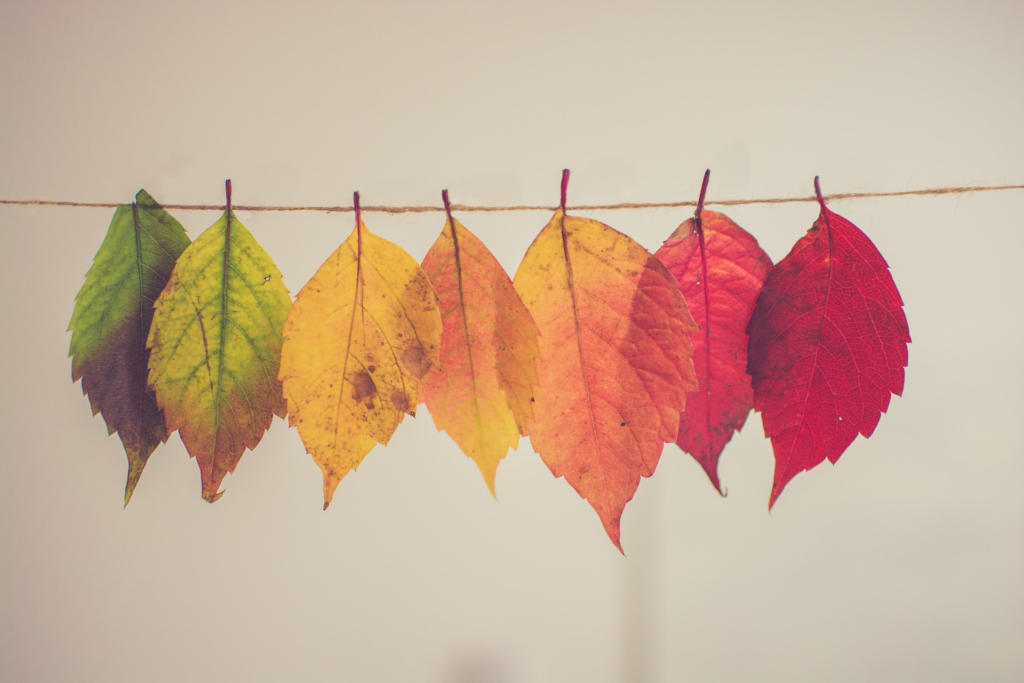 Regular rhythmic changes occur in the activities of plants and animals. These are caused by factors such as light and heat from the sun, the tides, seasons, phases of the moon and the rotation of the earth. These regular, rhythmic changes are called biorhythms and they can be divided into:
Regular rhythmic changes occur in the activities of plants and animals. These are caused by factors such as light and heat from the sun, the tides, seasons, phases of the moon and the rotation of the earth. These regular, rhythmic changes are called biorhythms and they can be divided into:
|
|
Biological Rhythms |
- Daily rhythms
The daily rhythm of light and darkness which repeats every 24 hours as a result of the rotation of the earth, has influences on many organisms.
Examples:
-
- some animals are more active during the day because of the light and temperature eg. springbok, some birds, etc, while others are active during the night eg. lions, owls and bats;
- green plants photosynthesize only in daylight;
- the leaves and flowers of some plants react to light and darkness, eg. the drooping of thorn tree leaves as it gets dark and the flowers of vygies which open as the intensity of the light and temperature inceases;
- zooplanton in the sea and lakes show daily rhythmic movements; during day they move vertically deeper into the water, away from the light; during the night they come to the surface where they feed on the drifting phytoplankton.
- Lunar and Tidal rhythms
The phases of the moon have an influence on the tides in the sea which, in their turn, influence the behaviour of the marine animals which live in the intertidal zone.
Examples:
-
- many littoral crabs rhythmically change colour from dark at high tide to pale at low tide;
- intertidal crustaceans and the eel-like grunion have activities which match the activities of the sea. During the spring tides from March to August, these fish swim in pairs (male and female) onto the beaches a couple of days after each high spring tide. While the female lays her eggs, the male curls around her and immediately releases his sperm cells which then fertilize the eggs. The fish then return to the sea on the next wave. Because the eggs are laid while the tides are gradually lessening, the waves will not reach them until the next high spring tide two weeks later. During this time the eggs develop and hatch and the baby fish are then carried back to the sea on the high spring tide.
- Seasonal rhythms
The behaviour of plants and animals is usually suited to withstand the seasons.
Examples:
-
- deciduous trees lose their leaves during winter and become dormant;
- annual plants form seeds which survive the winter or the dry season and germinates after the first spring rains;
- certain animals hibernate i.e. their heart beat slowly and respiration decreases so that the winter can passed in a type of unconsciousness, eg. bats;
- adult insects die when the frosts arrive; many spent the winter in the form of eggs and pupae;
- many animals migrate during the winter to where the weather is warmer eg. swallows; various marine mammals also migrate, mainly between feeding and breeding grounds, eg. wildebeest migrate in response to seasonal rainfall and food availability.





